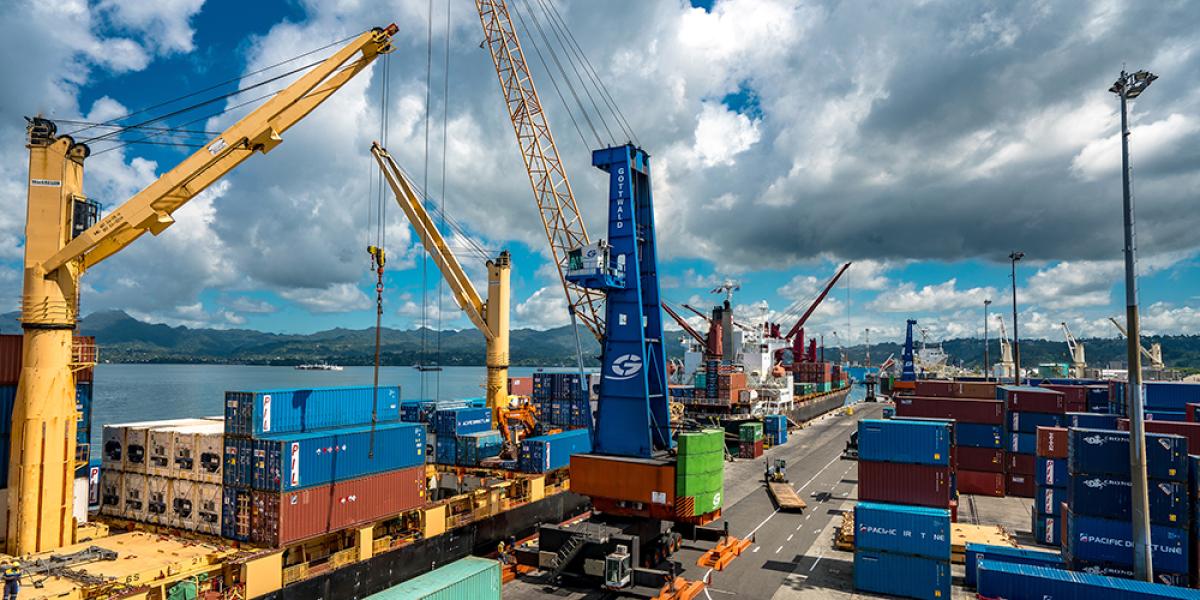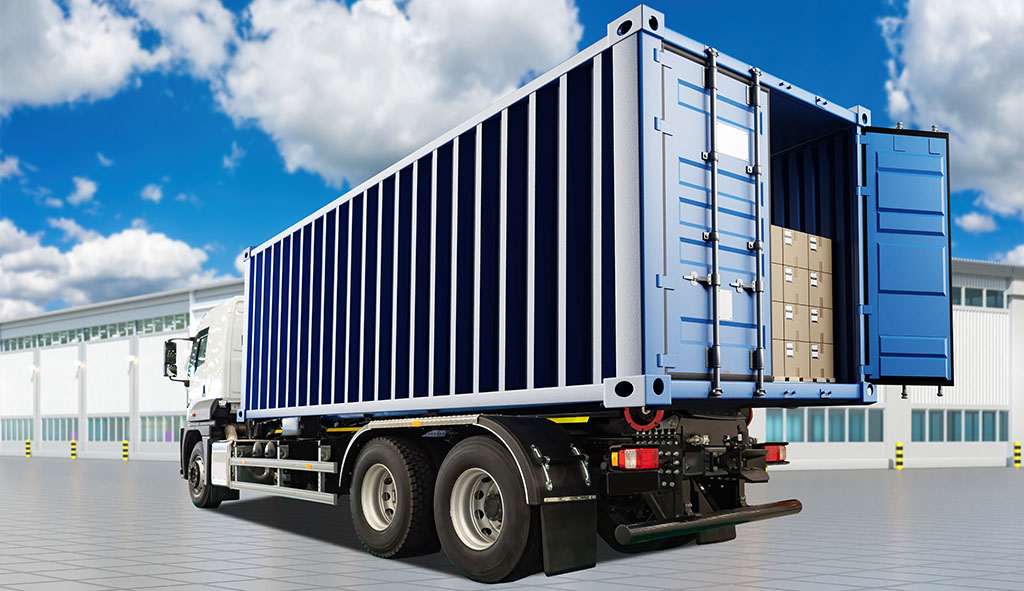Transporting a 20ft container is no small feat; it requires meticulous planning and adherence to safety regulations. Whether you’re moving goods across town or shipping them internationally, understanding the best practices for handling large containers is essential.
The intricacies involved in the logistics can be daunting, but fear not! From selecting the right transportation method to ensuring compliance with local laws, there are key considerations that can streamline the process. In this guide, we will delve into the fundamental steps needed to transport a 20ft container safely and efficiently, equipping you with the knowledge to navigate challenges and avoid potential pitfalls.
So, buckle up as we embark on this logistical journey that seamlessly marries safety, efficiency, and compliance!
Preparing for Transport

Preparing for the transport of a 20ft container requires meticulous planning and attention to detail. First and foremost, assess the weight and dimensions of the container, ensuring it adheres to transport regulations and limits. It’s essential to secure all cargo inside to prevent shifting during transit, as loose items can pose serious hazards.
Weather conditions play a pivotal role as well; adverse weather might necessitate additional protective measures, such as tarps or waterproofing materials. Moreover, coordinating with logistics providers ensures that you have the right equipment for loading and unloading, be it cranes or forklifts.
Dont overlook the importance of permits; certain routes may require special permissions, so research local regulations well in advance. By methodically preparing each aspect, you lay a solid foundation for a smooth transport process.
Legal and Regulatory Considerations

Legal and regulatory considerations play a pivotal role in the safe and compliant transportation of a 20ft container. First and foremost, it is essential to familiarize yourself with local, national, and international regulations that govern shipping.
These rules can vary significantly; specific permits may be required for transporting oversized cargo on public roads, and different jurisdictions might impose varying restrictions on routes, transportation times, and even the equipment used. For example, weight limits and dimensions must be adhered to scrupulously to avoid hefty fines or delays.
Moreover, safety standards enforced by governing bodies must be met, including proper securing of the load to prevent movement during transit. Additionally, ensuring compliance with customs regulations is critical if the container crosses international borders, as improper documentation can lead to severe penalties or cargo delays.
Therefore, being meticulous about these legalities not only protects your cargo but also shields your company from potential legal repercussions.
Selecting the Mode of Transportation

Selecting the mode of transportation for a 20ft container is a critical decision that can significantly impact both efficiency and cost. First, consider the nature of the cargo; fragile items might necessitate a mode that offers more protection, while perishable goods could demand the speed of air freight.
Additionally, weigh the geographical regions involved—are we facing urban congestion or open roads? A truck might be ideal for a local drop-off, whereas rail or sea may be more suitable for long distances. Each option presents its own set of regulations, timelines, and operational challenges, so its essential to thoroughly assess local laws and compliance standards.
Ultimately, a careful evaluation of these factors will guide you to the most effective and reliable transportation choice for your 20ft container.
Conclusion
In conclusion, transporting a 20ft container requires careful planning and adherence to safety and compliance regulations to ensure a smooth and efficient process. By considering factors such as route selection, securing the cargo, utilizing the right equipment, and understanding local laws, transporters can mitigate risks and safeguard their shipments.
By following these best practices, you not only protect your cargo but also ensure the safety of personnel and the public. For those interested in diving deeper into the nuances of container transport, we encourage you to read more (container transport) on the topic to enhance your understanding and execution of these essential guidelines.


